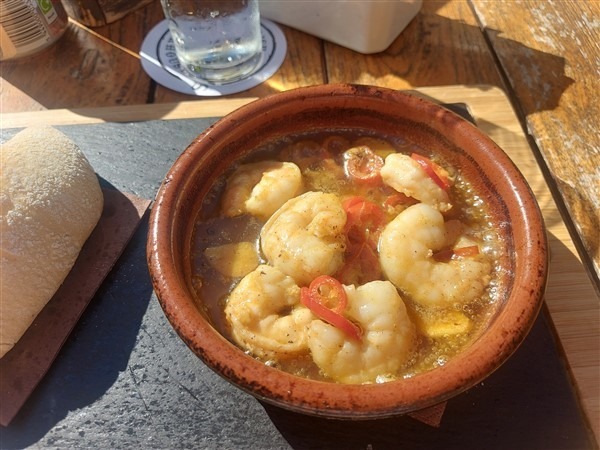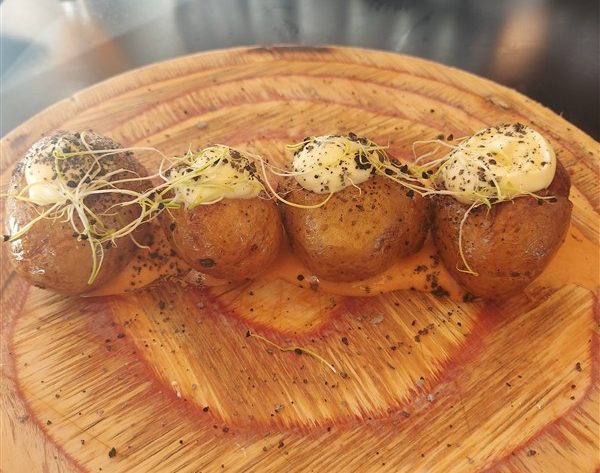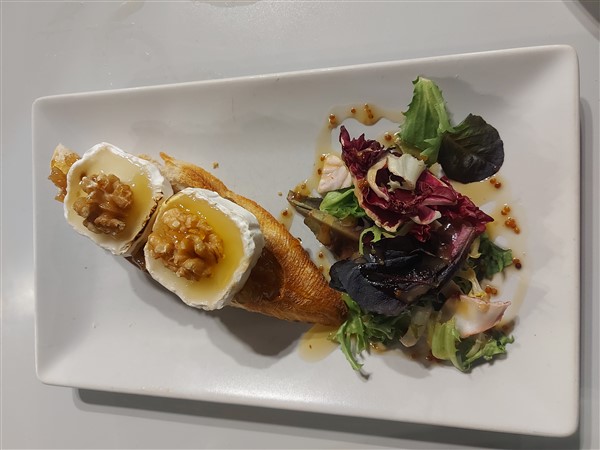Introduction
Ah, tapas – those delightful bite-sized dishes that have become synonymous with the convivial spirit of Spanish dining. But how did these little culinary wonders come to be? Join us as we embark on a tasty journey through the rich history of tapas, from their humble origins in Spain to their global popularity.
Origins of Tapas
Unraveling Legends
Tapas, as the legend goes, originated from a clever practice of covering drinks with small plates or “tapa” (meaning cover in Spanish) to prevent flies from taking a dip. While this is a charming tale, the true roots of tapas delve deep into the heart of Andalusia, where the tradition took shape in local taverns.
Evolution Over Time
From Modesty to Modernity
From simple beginnings, tapas evolved into a culinary phenomenon. Originally, these small bites were basic – perhaps olives, cheese, or almonds. Today, the range is staggering, with tapas encompassing an array of sophisticated dishes, reflecting the culinary diversity of Spain.
Historical Influences
A Melting Pot of Cultures
The tapestry of tapas is woven with threads from various cultures. Moorish, Roman, and other influences have left their mark on these tasty morsels. The Moorish penchant for small, flavorful dishes, combined with Spanish ingredients, gave birth to the tapas we know today.
Tapas Across Spain
Regional Delights
One of the charms of tapas lies in its regional diversity. Each Spanish region adds its own unique flair to these little plates. In the Basque Country, you might find pintxos, while in Catalonia, the influence of seafood is evident. Andalusia, the birthplace of tapas, boasts a rich array of options, from jamón to salmorejo.
Rise in Popularity
From Local Tradition to Global Trend
In the 20th century, tapas transcended local taverns to conquer the world. The surge in popularity can be attributed to Spain’s growing tourism and the globalisation of its culinary treasures. Suddenly, tapas became a global sensation, enticing taste buds far beyond Spanish borders.

Famous Tapas Dishes
Culinary Icons
No exploration of tapas is complete without savouring some of its iconic dishes. Each dish tells a story – a tale of flavours, traditions, and the artistry of Spanish cuisine.
Gambas al Ajillo
- Region: Andalusia
- Ingredients: Prawns sautéed in olive oil with garlic, chilli, and often a splash of white wine, creating a savoury and spicy flavour.
Pulpo a la Gallega
- Region: Galicia
- Ingredients: Octopus seasoned with paprika, olive oil, and salt, typically served on a bed of boiled potatoes.
Jamon Iberico
- Region: Various, but especially prominent in Andalusia
- Ingredients: Thin slices of cured Iberian ham, celebrated for its rich flavour and melt-in-the-mouth texture.
Tortilla Española
- Region: Throughout Spain
- Ingredients: A classic Spanish omelette made with eggs, potatoes, and onions, cooked until golden brown.
Boquerones en Vinagre
- Region: Andalusia
- Ingredients: Fresh anchovies marinated in vinegar, garlic, and parsley, creating a tangy and refreshing dish.
Patatas Bravas
- Region: Catalonia
- Ingredients: Cubed potatoes, fried until crispy, topped with a spicy tomato-based sauce (brava sauce) and sometimes aioli.

Chorizo a la Sidra
- Region: Asturias
- Ingredients: Chorizo sausage cooked in Asturian cider, infusing the dish with a sweet and smoky flavor.
Pimientos de Padrón
- Region: Galicia
- Ingredients: Padrón peppers, quickly fried and sprinkled with sea salt, offering a mild and occasionally spicy taste.
Salmorejo
- Region: Andalusia
- Ingredients: A cold tomato soup made with tomatoes, bread, olive oil, garlic, and garnished with hard-boiled eggs and jamón.
Aceitunas Aliñadas
- Region: Throughout Spain
- Ingredients: Marinated olives, often with garlic, herbs, and spices, creating a flavorful and briny tapa.
Tapas in Modern Culture
A Culinary Phenomenon
In contemporary Spanish culture, tapas are not just a dining choice but a way of life. Spaniards often indulge in “tapeo,” the act of hopping from one tapas bar to another, enjoying a variety of small dishes. Tapas have become a symbol of socializing, bringing people together over shared plates and good conversation.
Tapas Beyond Spain
Global Influence
The allure of tapas has transcended borders. In cities worldwide, tapas bars offer a taste of Spain, allowing people to experience the convivial atmosphere and diverse flavours without leaving their hometowns. Tapas have become a global culinary trend, celebrated for their sociable and flavorful nature.
Conclusion
In the end, the history of tapas is not just about food, tapas embody the essence of Spanish culture – vibrant, diverse, and always ready to share a delicious bite with friends. So, next time you savour those delightful small plates, remember, you’re not just eating – you’re partaking in a flavorful journey through Spain’s history.












